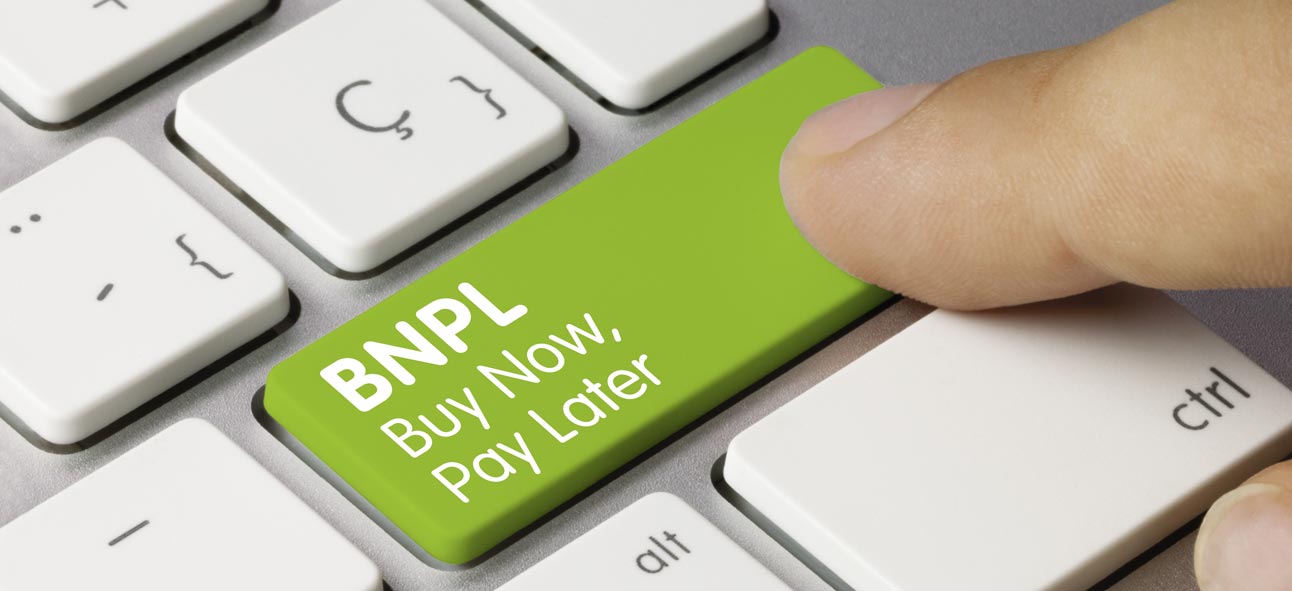Europe’s relationship with credit cards
Europe has always had a love-hate relationship with the credit card before the rise of alternative payments. The fanfare which greets credit cards in North American markets has always been strangely missing here. The UK remains the top user of credit cards in Europe. But growth has remained flat in recent years – roughly half the growth rate of debit cards. But that is not to say that cards are not popular. In fact, debit card use is growing. Debit cards account for nearly 69% of all cards issued in Europe.
Local debit cards like Cartes Bancaires in France, Girocard in Germany, and Bancontact in Belgium are preferred. So are virtual and prepaid cards such as Postepay in Italy. Nordic countries lead when it comes to electronic and contactless card payments. But none of these cards are linked to credit. But it is not that Europeans don’t like credit. The success of BNPL players like Klarna testifies to that fact. Klarna is a Swedish startup that offers point-of-sale loans to customers that allow them to pay for their purchases in installments. In a short time, Klarna has gone on to become Europe’s highest-value fintech company, clearly showing that there is an appetite for credit in Europe.
The Rise of Alternative Payments
Consumers are getting more and more accustomed to convenient and flexible payments. At the same time, they are demanding lesser friction and more seamless payment journeys. The demand for contactless and real-time payments is driving a fair amount of innovation in the payments space. Alternative payment methods like digital wallets, But-Now-Pay-Later, and A2A payments are changing the way people pay forever – a trend that continues to grow in 2022. Take these facts, for example. Digital wallets are now the most preferred payment method in Europe.
BNPL has been growing at a phenomenal rate. In 2021, 8.1% of the total e-commerce payments volume in Europe was from BNPL. Juniper Research predicts that by 2026, global spending via BNPL services will reach €881 billion ($995 billion). Klarna, Clearpay, and Laybuy are some highly popular BNPL providers in Europe. Account-to-account (A2A) payments are another hot payment method emerging in Europe. In 2021, 13% of e-commerce payments in the region were A2A.
iDEAL in The Netherlands is a great example of a well-established A2A payments scheme. It processes over a billion transactions every year – over two-thirds of all Dutch e-commerce payments. The Worldpay Global Payments Report predicts that by 2023, A2A payments will account for 20% of all e-commerce payments in Europe.
The Future (of payments) in Europe
Open Banking will reduce card usage
Alternative payments now seem poised to surpass cards to become the preferred payment method in Europe. All thanks to a maturing open banking framework in Europe and consumer behavior shifts driven by the pandemic. Payments are getting more embedded into shopping journeys as merchants keep the customer experience at the heart of their offerings. They are looking at how to combine easy payments, seamless checkout, and on-spot financing, such as BNPL, in one place.
On the other hand, players like PayPal, Revolut, and others are launching “super apps” that combine payments, bill payments, shopping, savings, crypto, and more.
Seamless and safe payments will continue to be a top priority
Strong Customer Authentication (SCA) is mandatory for card payments in Europe. But, applying SCA and 3DSecure on mobile creates a clunky checkout experience. Open banking payments will enable more seamless and safe payment experiences on mobile, giving mobile-first merchants a competitive edge.
Changing consumer sentiment
Consumers are willing to embrace open banking. A recent survey found that more than half (54%) of UK consumers are willing to pay via open banking if given that choice. Three out of ten consumers are willing to use open banking as an alternative to cards if a trusted brand were to encourage them. One in six consumers feels merchants should incentivize open banking through loyalty schemes.
Alternative Payments and Open Banking APIs
Alternative payments run on an open banking framework and use open banking APIs. These allow for more seamless and transparent data sharing and smoother payments. Open banking APIs help banks and trusted third parties access customer financial data from various sources to provide better insights and bespoke products to customers. But only the owner of the data, or a third party allowed by the owner, can access the data. Greater control over data helps customers make better money decisions.
How Open Banking Enables Smoother Payments
Open Banking makes payments smoother and improves user experience. Merchants can use APIs to embed payments into the customer journey and harness customer data to offer relevant financing options at checkout. They can also use this data to design more personalized offers. Open banking payments follow Strong Customer Authentication (SCA), hence are more secure. SCA is seamlessly merged into the natural user flow, making payments fast and easy. Merchants can make in-store and online payments safer and more efficient. They can design more intuitive checkouts to improve sales and enhance customer delight.
If you wish to explore alternate payments
We can help you solve the complex puzzle of alternate payments and help you build the best payment mix for your business. We are a global PSP with deep expertise in Europe’s markets. Many of Europe’s leading brands trust us with handling their payments.
Give us a call today to know more about how we can help you use alternate payments for your business
Jose Augustine is the Chief Business Development Officer at Novalnet with extensive experience in European payment industry and a knowledge powerhouse.











